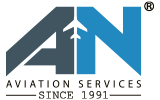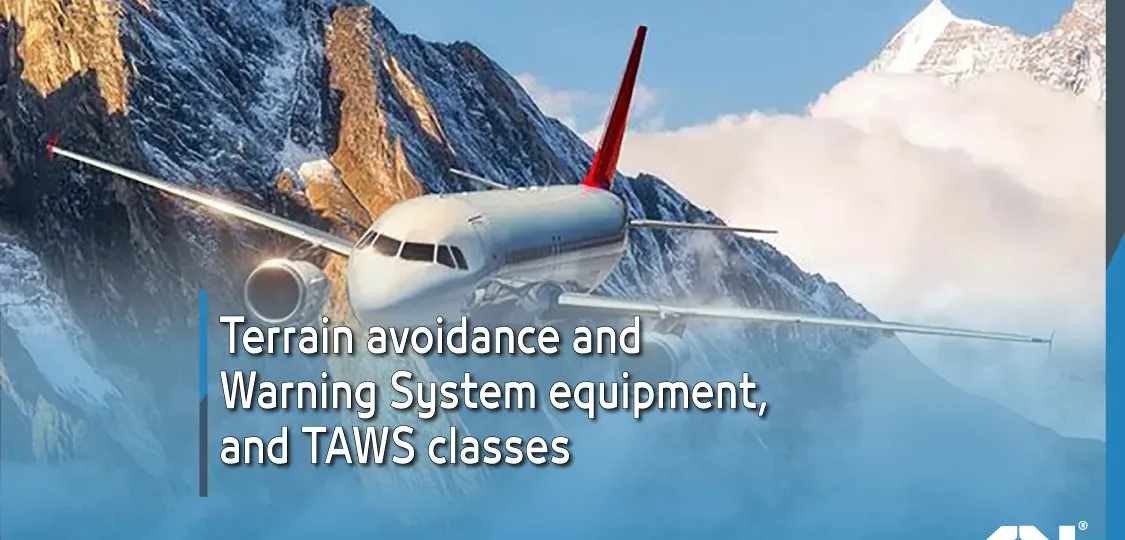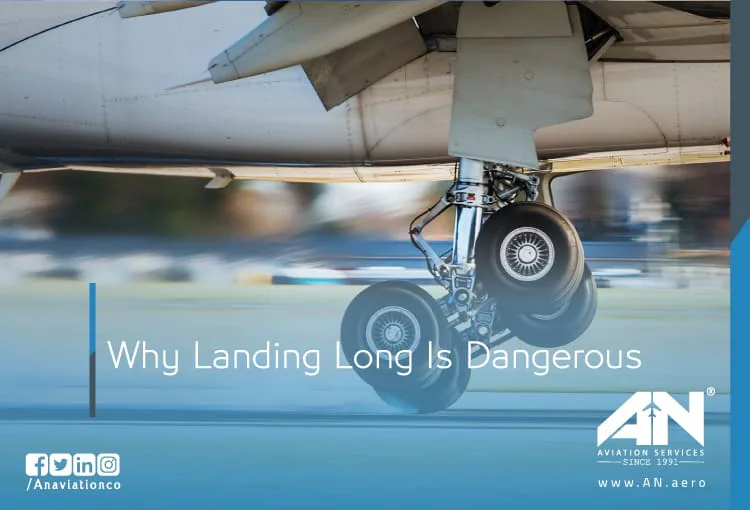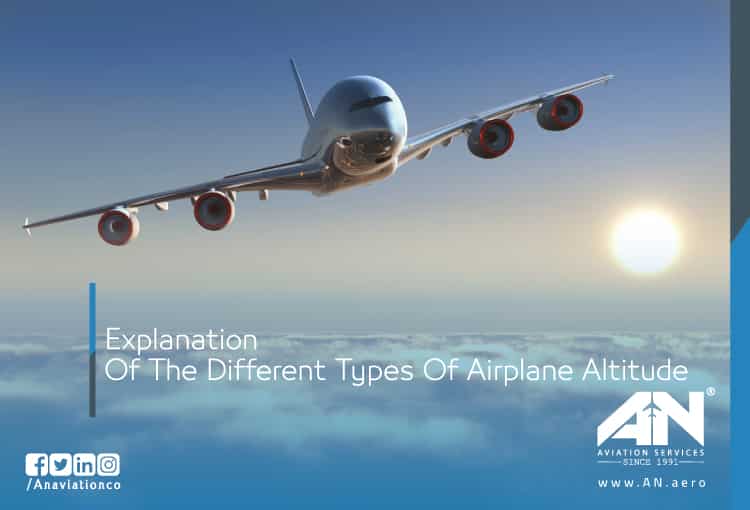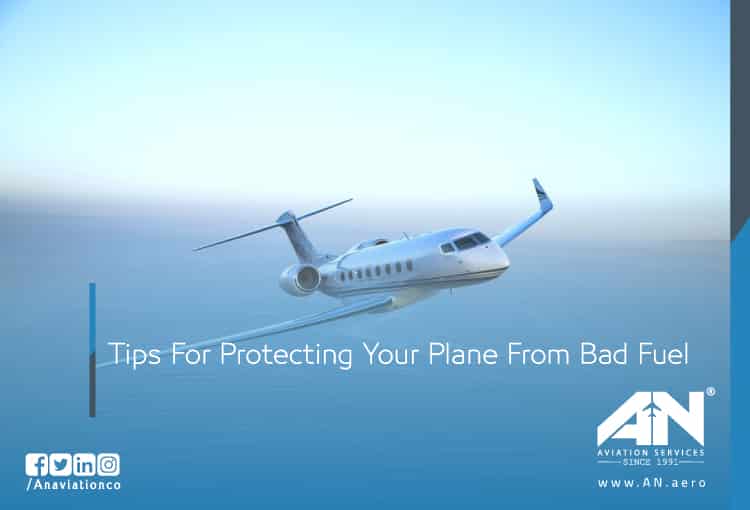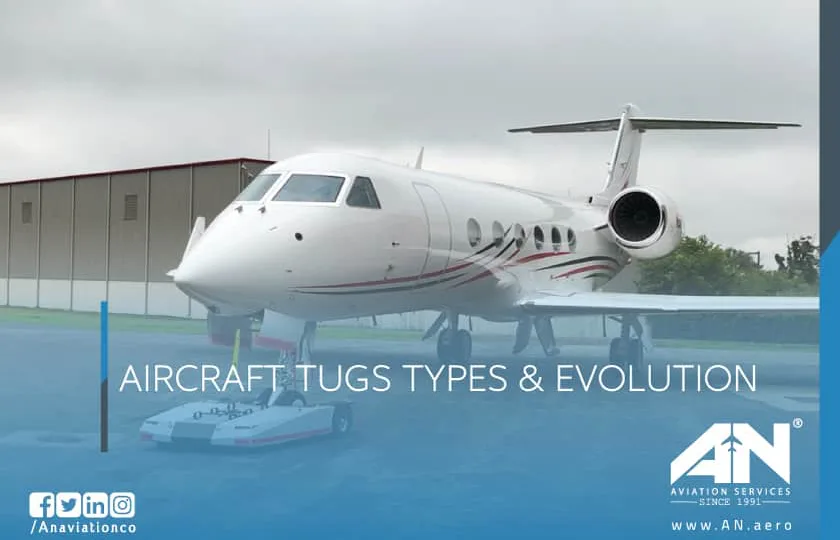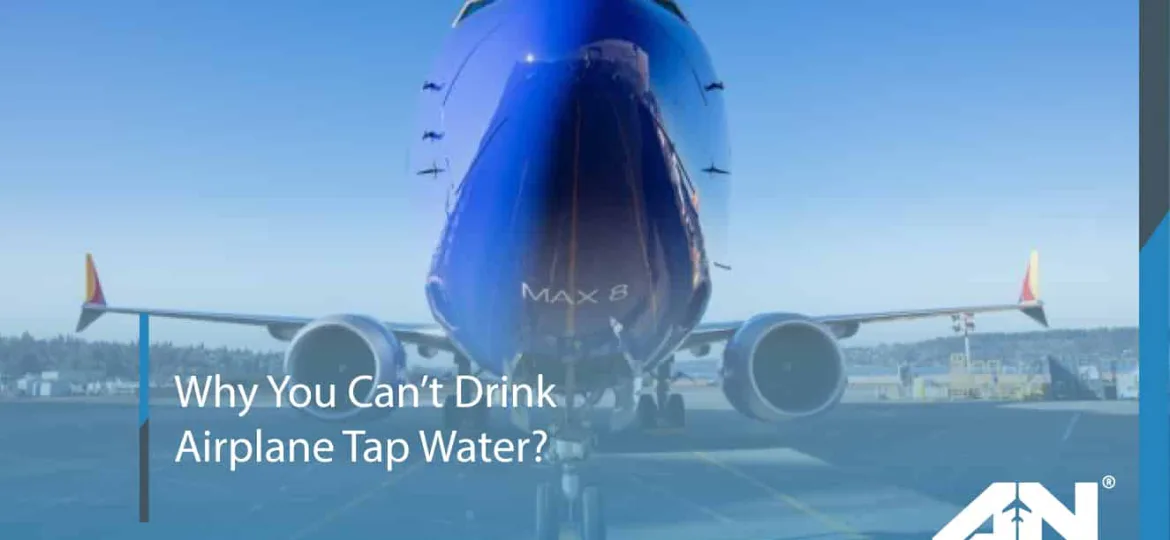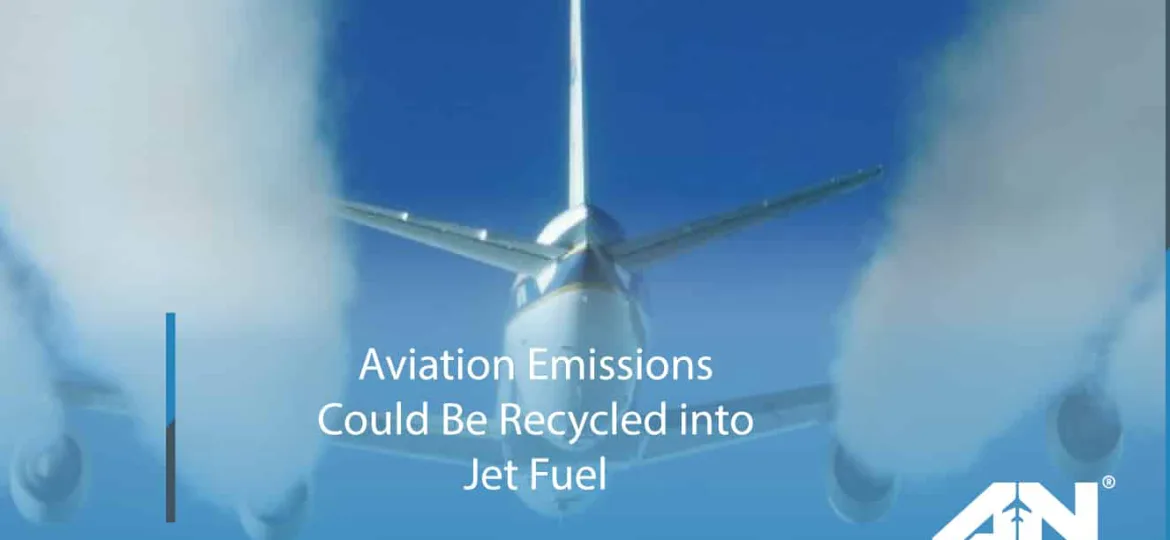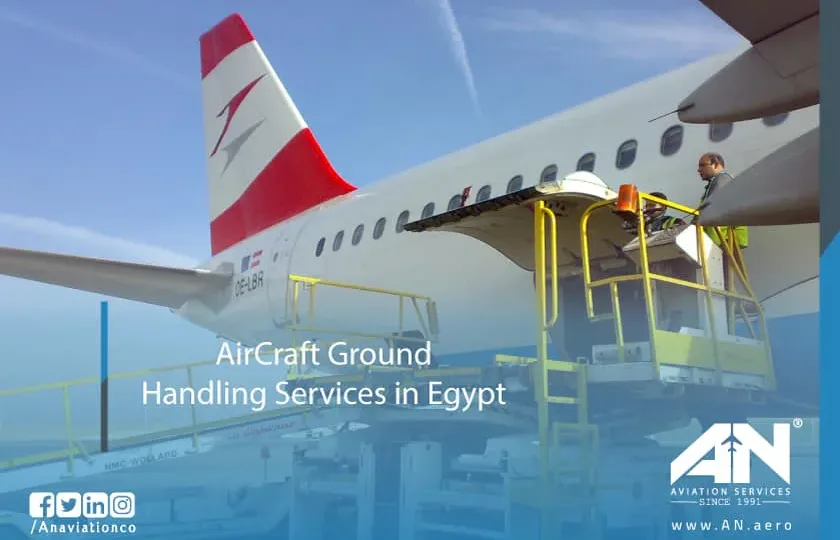Modern aviation safety systems are designed with one primary goal: preventing accidents and ensuring the safe completion of flights.
Airplane
Landing an aircraft safely is one of the most critical phases of any flight. While takeoffs and cruising are crucial, landings demand precision, focus, and a clear understanding of the environment.
When it comes to aviation, altitude is a critical concept that shapes everything from flight planning to fuel efficiency.
Bad fuel can not only lead to costly repairs but also compromise the overall reliability of your plane, putting safety at risk.
The introduction of a new airline route is much more than just picking two destinations on a map and flying between them.
Behind every smooth aircraft operation on the ground lies the often-overlooked machinery that makes it possible: aircraft tugs.
When you’re cruising at 35,000 feet, staying hydrated is essential for your comfort and health. But what about the airplane tap water used for making coffee or tea? Should you trust it?
The aviation industry has long been a cornerstone of global connectivity, enabling people and goods to traverse the world at an unprecedented pace.
Ground handling in Egypt plays a pivotal role in ensuring the seamless operations of flights arriving and departing from the country’s bustling airports.
The future of flying is poised to revolutionize how people and goods move across the globe.
